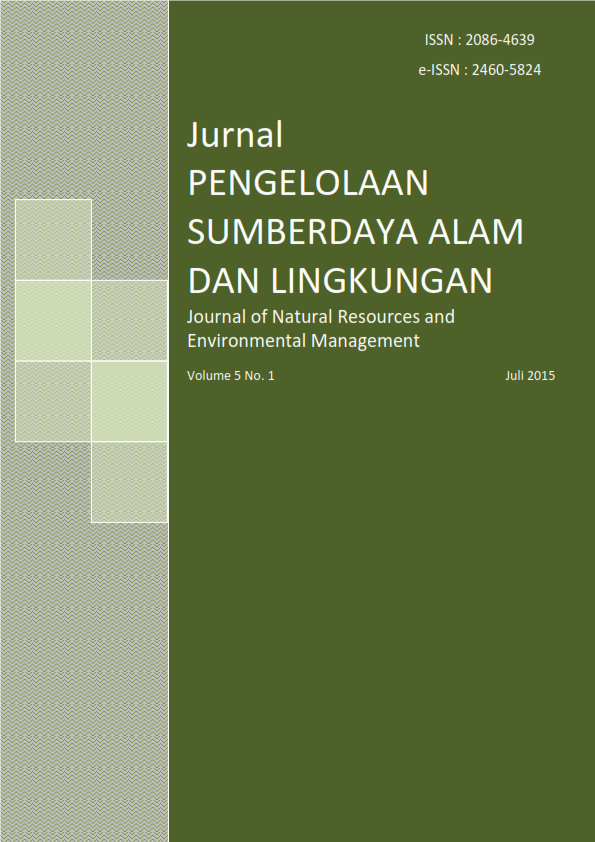DAMPAK APLIKASI HERBISIDA IPA GLIFOSAT DALAM SISTEM TANPA OLAH TANAH (TOT) TERHADAP TANAH DAN TANAMAN PADI SAWAH
Abstract
Weed is one of the important constraints in rice production, and therefore its effective control measure should be considered that the production can be optimized. The application of no tillage by using herbicide is assumed more effective and efficient than conventional one. However, herbicide which is used as contionusly can influence residue in soil, plant and rice. The objectives of the research were to analyze the effect of no tillage and its combination of IPA glyphosate herbicide concentration levels to rice productivity and to analyze IPA glyphosate herbicide residue in soil, straw and rice. The study was conducted in the field by using IPA glyphosate herbicide with five treatments, namely maximum tillage (Gm), no herbicide spraying (G0), glyphosate herbicide doses 1.5 l ha-1(G1), 3 l ha-1 (G2) and 4.5 l ha-1(G3). The analysis of glyphosate residue was done in soil, straw and rice samples by using HPLC (high performance liquid chromatography) method. The research results showed that Gm and G1 treatments had highest with rice yield average were 938 g m-2 and 728 g m-2, respectively. Gm treatmen more profitable with R / C ratio of 1.84 with a profit of Rp 13.714 million, but using more labor than G1 treatment. Thereby, no-tillage treatment (G1) could be done by using glyphosate herbicide in doses 1.5 l ha-1, economically. Glyphosate contained in soil samples, straw, and rice proved that using of gyphosate intensively could have negative impacts on soil microbial activity, plant resistance to plant diseases and residue of glyphosate carried by plants. Glyphosate residue concentration was highest found on rice sample in treatments G3 was 0.272 mg kg-1. These glyphosate residual values on rice was highest than maximum residue limit which was decided by Indonesia government (0.1 mg kg-1). Glyphosate residues contained in food is not within safe limits if taken every day and can cause adverse effects to human health.
Keywords: glyphosate herbicide, maximum residue limits, paddy field, weed control
Authors
Authors who publish with this journal agree to the following terms:
- Authors retain copyright and grant the journal right of first publication with the work simultaneously licensed under a Creative Commons Attribution License that allows others to share the work with an acknowledgement of the work's authorship and initial publication in this journal.
- Authors are able to enter into separate, additional contractual arrangements for the non-exclusive distribution of the journal's published version of the work (e.g., post it to an institutional repository or publish it in a book), with an acknowledgement of its initial publication in this journal.
- Authors are permitted and encouraged to post their work online (e.g., in institutional repositories or on their website) prior to and during the submission process, as it can lead to productive exchanges, as well as earlier and greater citation of published work (See The Effect of Open Access).






